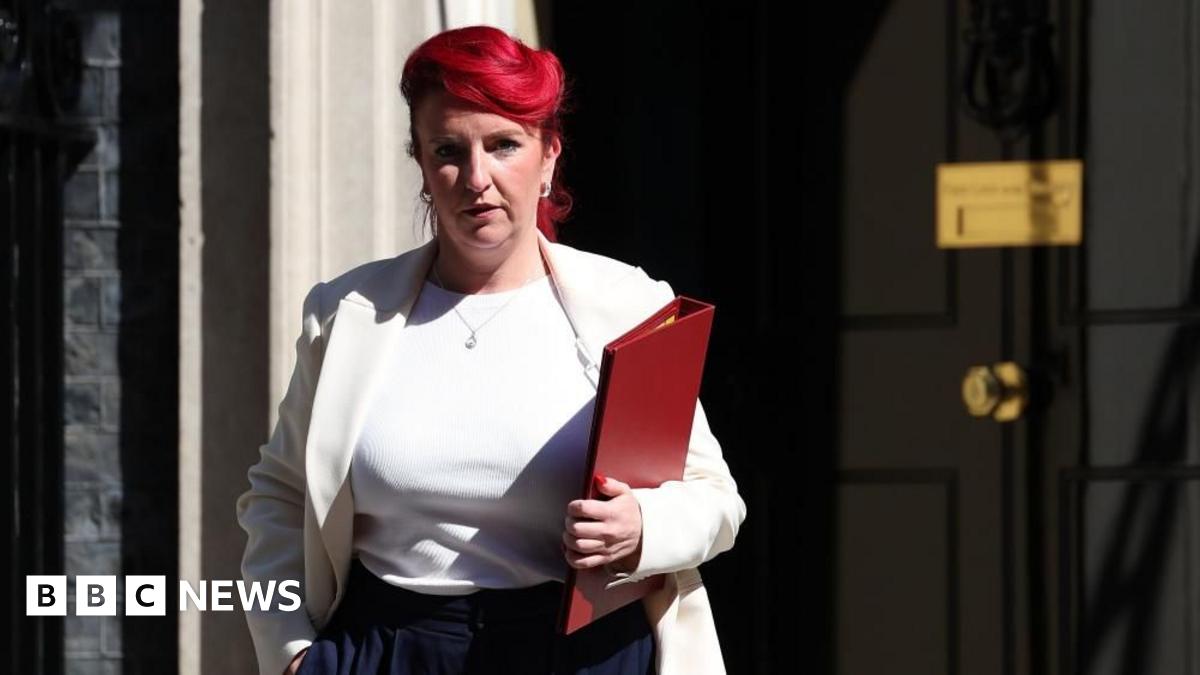It seems like there are a few problems with my ideas so let's fix them:
The 18:18 Aberdeen to Leeds LNER gets there at 01:01; I don't think there'd be a proper evening peak service from Aberdeen to Sheffield or Birmingham in the near future.
Mind you, that wouldn't be a good idea. Let's have one train per day in each direction Aberdeen-Plymouth, 7am-7pm. As well as an Aberdeen-Birmingham service, 12pm-8pm. We could then have an extra Sheffield-Aberdeen service, in each direction 4pm-midnight. This still gives 3tpd to Aberdeen.
We could also do a similar approach with Penzance, 1tpd to Glasgow, 1 to Newcastle and 1 to Birmingham.
As with Glasgow, 1tpd would be to Penzance (see above), 1 to Bristol and 1 to Birmingham.
Is there enough capacity between York and Newcastle with the third hourly LNER Newcastle service (but without the Newcastle – Manchester Airport TPE returning)?
The TRU can have a big factor in how many trains we can run. We could have 1tp2h Newcastle-Reading via Doncaster as usual. The other train could run from Leeds-Southampton (maybe even Bournemouth), not via Doncaster.
That one tpd Nottingham to Bournemouth (there’s no return), is effectively an early morning positioning move from Central Rivers to form a New St to Bournemouth service, returning north as part of the normal Manchester hourly pattern.
How could it possibly be extended TO Newcastle? Did you mean start it from Newcastle at about 0400?
Scrap the Newcastle plan. The 1tpd Notts-Bournemouth service could start at Derby or Sheffield, in addition to the Newcastle-Reading and Leeds-Bournemouth services. The 3tpd from Bournemouth-Newcastle would all be extended (from the normal Reading pattern) and be return journeys.
I don't necessarily disagree given how closely current XC services at those stations are timetabled to ScotRail services, at least from a quick look, but which other stations would lose CrossCountry services, and how much benefit would that give?
Well, I'm not really planning on overall reducing the amount of stations XC serves, just moving calling points from small stations (like Ladybank) and moving them to larger stations (like Weston SM or Chesterfield). It just means that people are incentivised to use other operators for shorter trips and relieve overcrowding.

